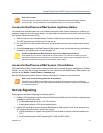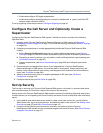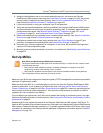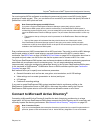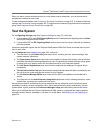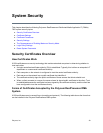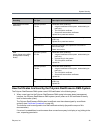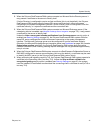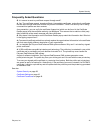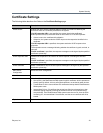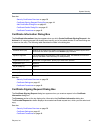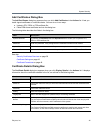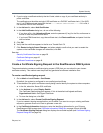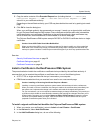
System Security
Polycom, Inc. 41
2 When the Polycom RealPresence DMA system connects to a Microsoft Active Directory server, it
may present a certificate to the server to identify itself.
If Active Directory is configured to require a client certificate (this is not the default), the Polycom
RealPresence DMA system offers the same SSL server certificate that it offers to browsers
connecting to the system management interface. Active Directory must be configured to trust the
certificate authority, or it rejects the certificate and the connection fails.
3 When the Polycom RealPresence DMA system connects to a Microsoft Exchange server (if the
calendaring service is enabled; see
Microsoft Exchange Server Integration on page 175), it may present
a certificate to the server to identify itself.
Unless the Allow unencrypted calendar notifications from Exchange server security option is
enabled (see Security Settings on page 50), the Polycom RealPresence DMA system offers the
same SSL server certificate that it offers to browsers connecting to the system management
interface. The Microsoft Exchange server must be configured to trust the certificate authority.
Otherwise, the Microsoft Exchange Server integration status (see Dashboard on page 336) remains
Subscription pending indefinitely, the Polycom RealPresence DMA system does not receive
calendar notifications, and incoming meeting request messages are only processed approximately
every 4 minutes.
4 When the Polycom RealPresence DMA system connects to a RealPresence Collaboration Server or
RMX MCU configured for secure communications (this is not the default), a certificate may be used
to identify the MCU (server) to the Polycom RealPresence DMA system (client).
5 When performing call signaling requiring TLS, the Polycom RealPresence DMA system presents its
certificate to the connecting client (one-way TLS). Unless the Skip certificate validation for
encrypted signaling security option is enabled (see Security Settings on page 50), the system
uses the installed CA certificates to authenticate the connecting client’s certificate as well (mTLS or
two-way TLS).



